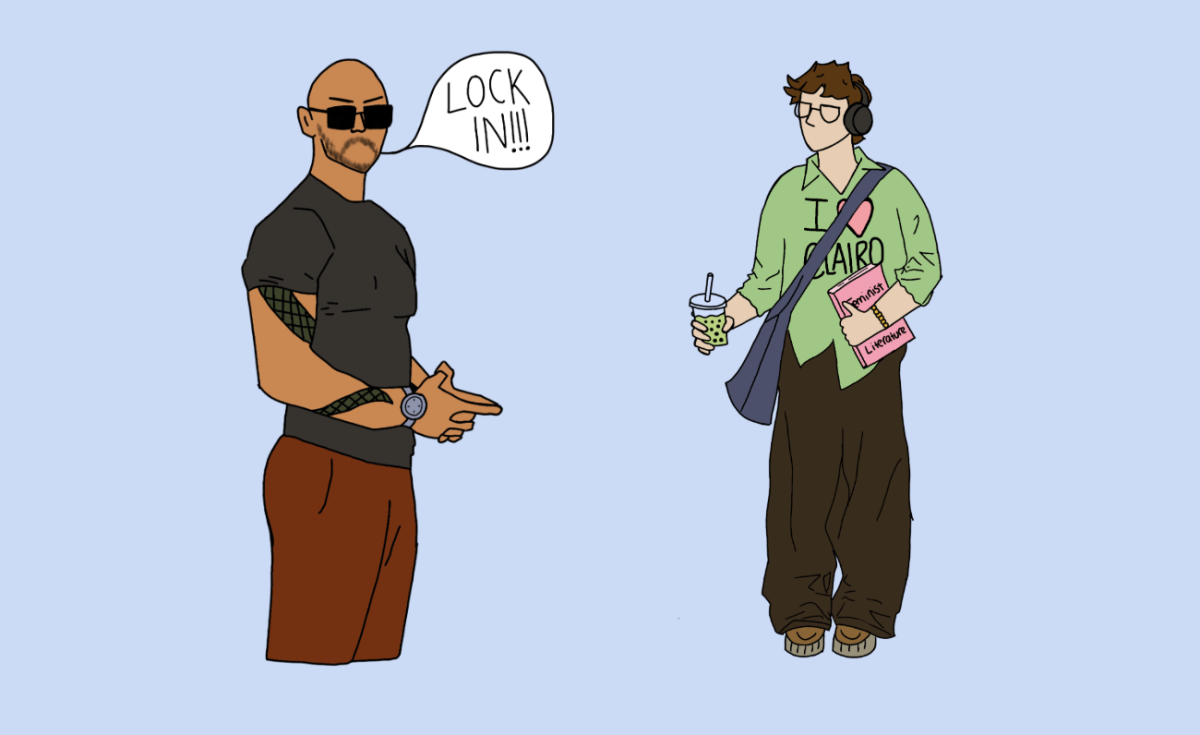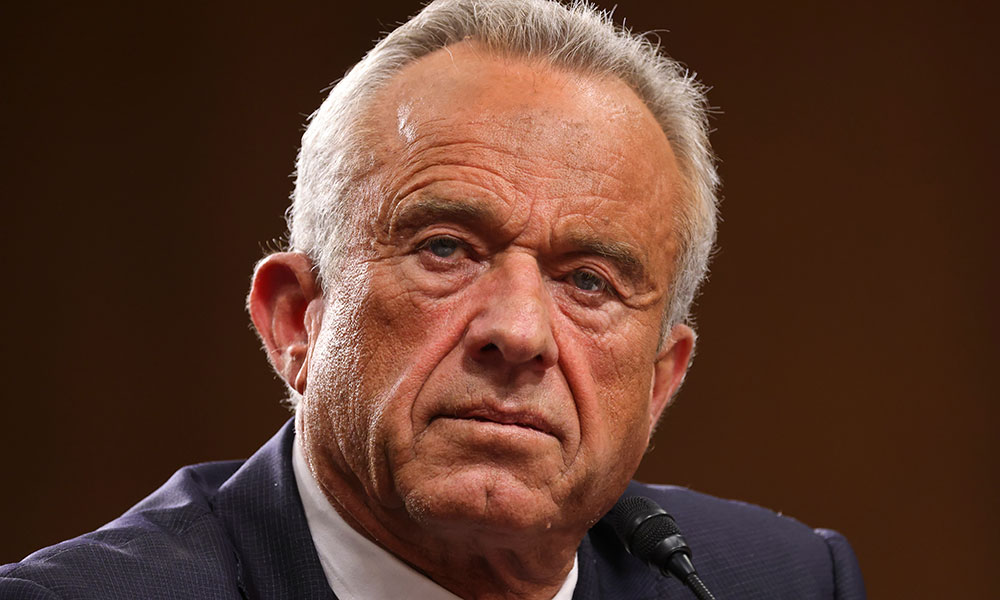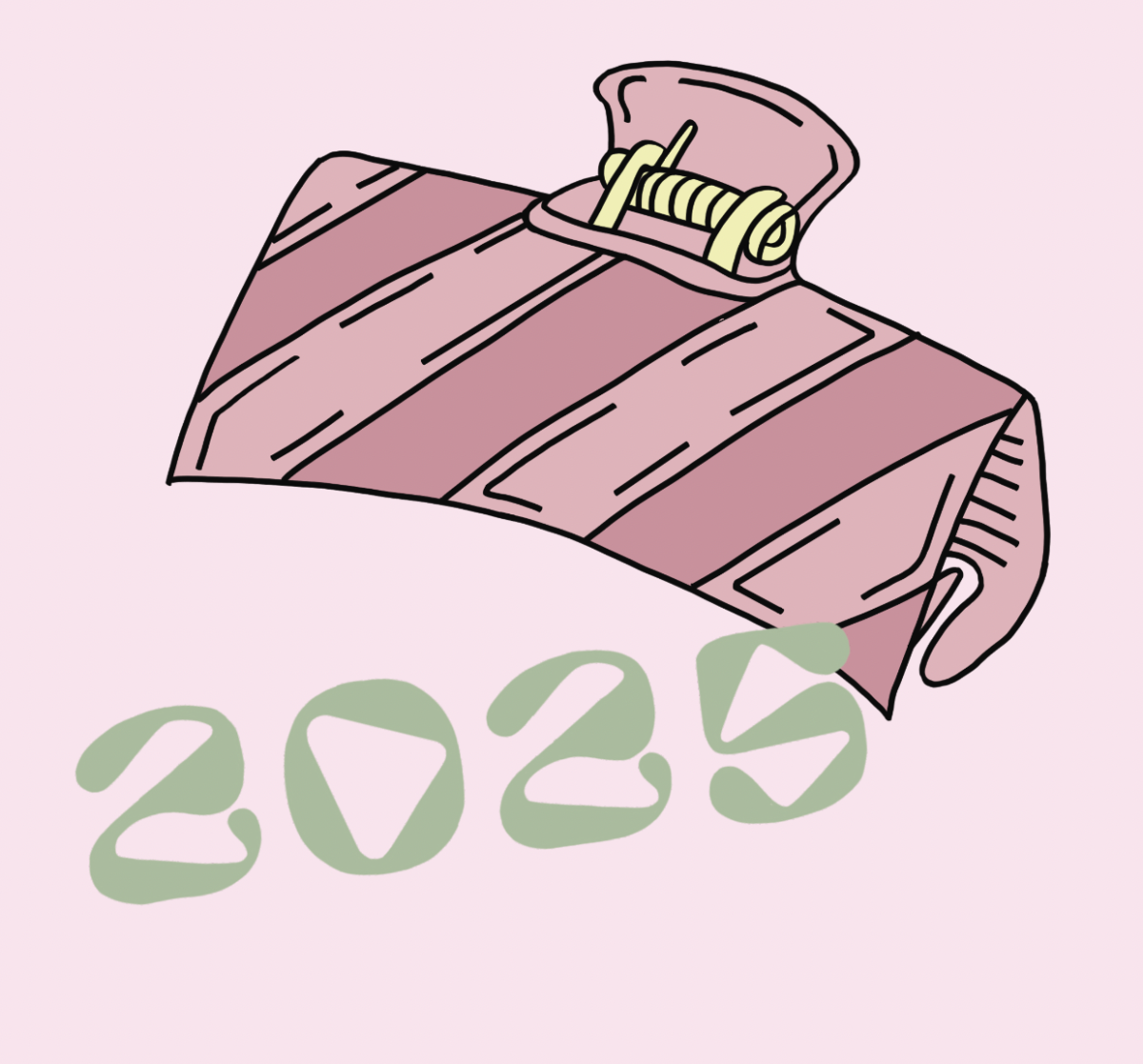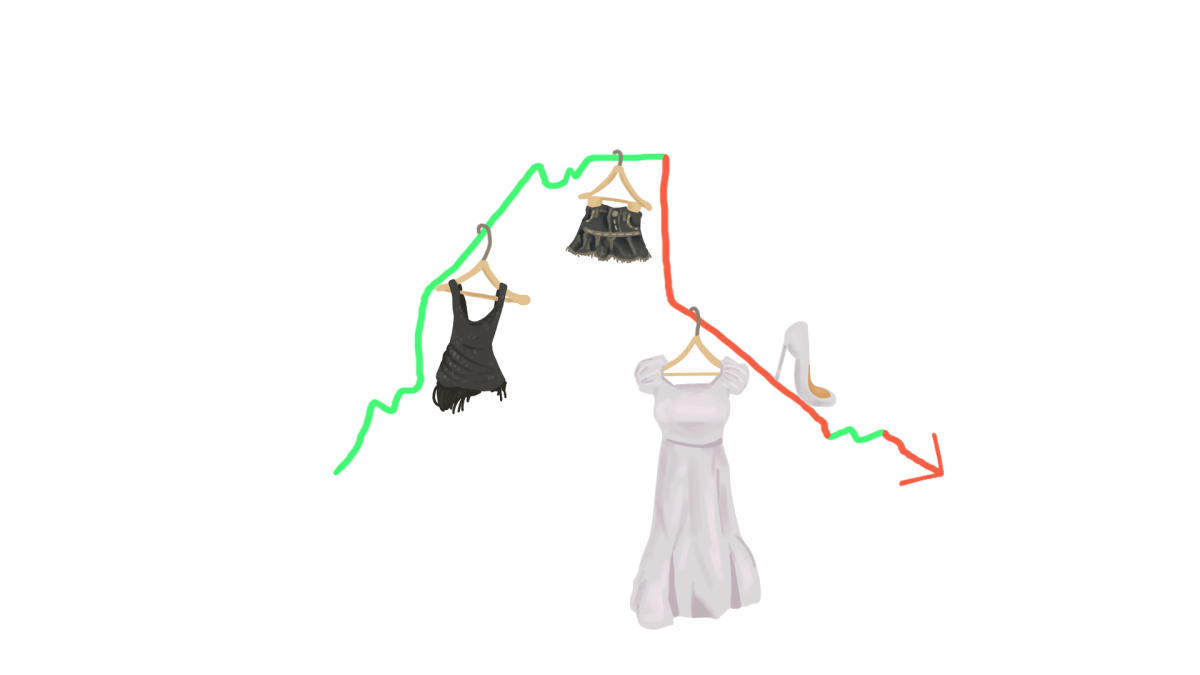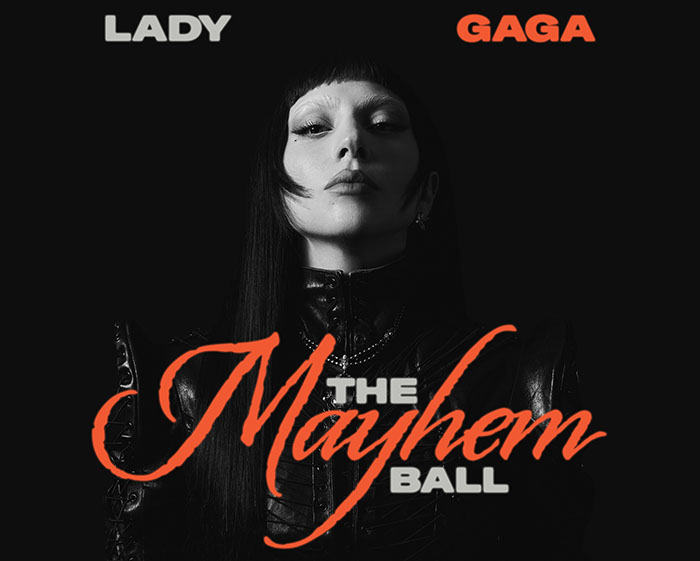American-British social media personality and former boxer Andrew Tate became the third most Googled person in 2023 according to The Guardian. Through his popular social media platforms and online university called Hustler’s University, Tate was able to promote a version of masculinity deemed as extreme to men, particularly the younger generation. This version of masculinity pushed anti-feminist ideas and hustle culture, which prioritizes constant work and neglects self-care, according to Monash University. Yet, as the once prominent alpha-male version of masculinity started to subside, the trend of being a performative male began to rise in 2025. On social media, the performative male trend has been commonly defined as men pursuing interests and behaving in ways that exhibit performative feminism.
These two forms of masculinity — despite being defined by different concepts — suggest that the definition of masculinity is constantly changing, and media trends or cultural influences often play a role in the change. Traditionally, masculinity has been associated with men being the breadwinners, refraining from showing emotions and having a muscular physique. However, this idea has evolved in the past 60 years due to the debates on gender norms and countercultures. One movement that challenged gender norms was the rise of hippie culture. During the hippie movement, the trend of long hair and beards challenged the traditional idea of masculinity. This trend as well as others have caused the concept of masculinity to change.
Aside from fashion and aesthetics, pop culture figures have had an affect on masculinity. FHS sophomore Abhinava Sivakumaran explains how he believes cultural influences have shaped masculinity over time.
“In the 70s and 60s, we had James Bond, and then later in the 90s and 2000s we had Patrick Bateman, Tyler Durden,” Sivakumaran said. “Now we have these figures like Andrew Tate, and all these performative men giving examples for the younger generation.”
With the skyrocketed usage of social media, trends have become more widespread than ever before. The hyper-masculine ideas that Tate popularized also led to the popularization of masculine trends, some of which include living luxuriously, going to the gym and self improvement. As for performative males, this version of masculinity has been associated with trends such as reading feminist literature, listening to Clairo — a female indie singer — drinking matcha and other forms of consumerism. While on its own, following these trends does not specifically suggest that a man believes in hyper-masculinity or being performative, pressure to follow trends has become intertwined with these ideals. This results in masculinity being viewed as a trend. FHS junior Joshua Charnota explains why he believes trends will continue to shape masculinity.
“With all these trends and influencers, a lot of people find who they are by what they see on the screen,” Charnota said. “And while it can be helpful to find some guidance, I don’t think that you should define yourself by what someone else’s definition [of masculinity] is.”
As with most trends, these ‘trendy’ versions of masculinity have had an effect on its target demographic, making the majority of its followers young men and boys. When Tate’s ideas of masculinity became more prevalent, middle school and high school boys were referencing these thoughts more heavily in school, according to Education Week. In March of 2025, Netflix released the drama series Adolescence, which references Tate and his influence on pre-teen boys and their ideas of masculinity. Charnota also mentions how the increase in young men and boys following Tate’s version of masculinity may be rooted in male validation.
“I would think that [Tate’s] definition [of masculinity], is mainly for male validation, because I feel like a lot of guys really compete for who’s stronger, who’s better,” Charnota said. “I have never seen a TikTok or a video of a woman saying, ‘you know, what I really want in a man; I want an Andrew Tate personality [in a man].’”
The shift in young men and boys participating in the performative male trend may be linked to female validation. Sivakumaran explains this idea.
“Performative males tend more towards female validation,” Sivakumaran said. “Pretending to be soft and caring about feminism, that applies more towards what women typically have been shown to like.”
As the perception of masculinity continues to change, the trends and norms will continue to evolve with it. These trends in masculinity have become more noticed through media and pop culture. Yet, it begs the question of what masculinity really is.
“My definition of masculinity is being confident in who you are and not feeling the need to change yourself,” Charnota said.


